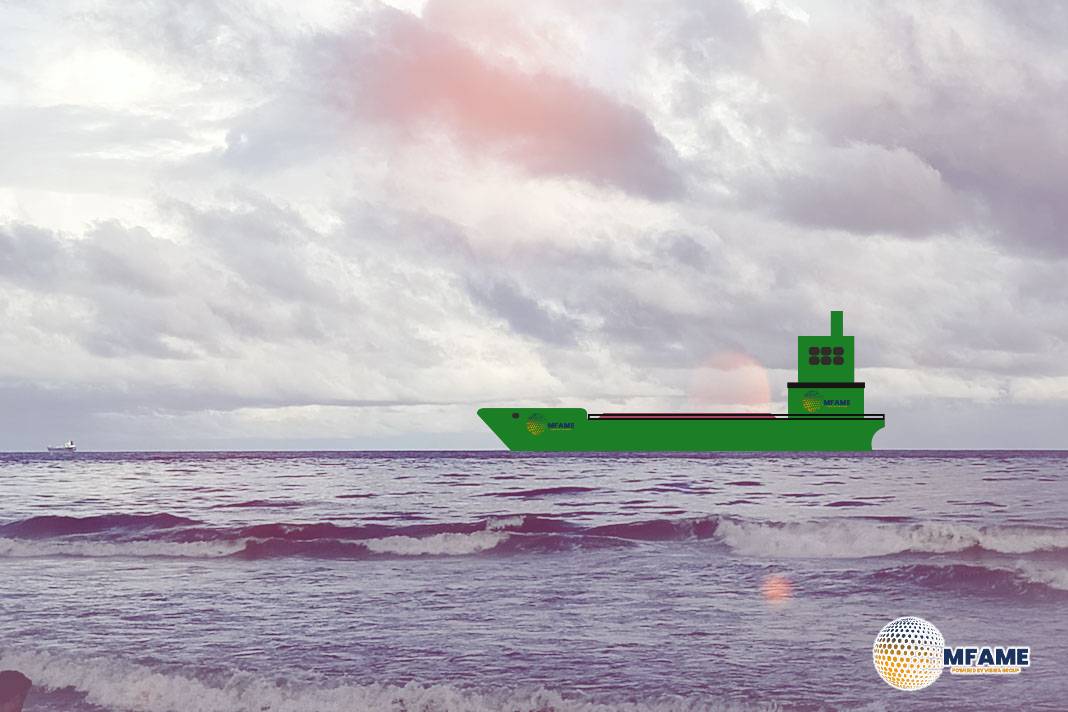- Arctic Route Halves Transit Time Between China and Europe.
- 4,000 Containers Delivered to Multiple European Ports.
- Shorter Route Reduces Emissions and Protects Sensitive Cargo.
A Chinese container ship has made history by completing its first commercial voyage through the Arctic, slashing delivery times to Europe by almost half, as reported by state-run media in China. The Istanbul Bridge docked at Felixstowe, the largest container port in Britain, after a 20-day journey from Ningbo-Zhoushan Port in eastern China, reports Marine Insight.
A Faster Alternative to Traditional Trade Routes
This vessel carried around 4,000 containers, including lithium-ion batteries and solar panels, destined for ports in Britain, Germany, Poland, and the Netherlands. By taking the Northeast Passage, also known as the Arctic route, the ship avoided the Suez Canal and the Cape of Good Hope, which usually takes 40 to 50 days to navigate. This route is also quicker than the China-Europe Railway Express, which takes about 25 days.
Environmental and Logistical Benefits
Experts highlight that this shorter Arctic journey not only cuts down on carbon emissions but also provides significant benefits for cargo that needs to be delivered quickly or is sensitive to temperature changes. The chilly Arctic conditions help keep high-tech components safe, while the calmer seas reduce vessel movement, lowering the risk of damage to delicate parts. Even with a two-day delay caused by Storm Amy in the Norwegian Sea, the ship still arrived well ahead of traditional schedules.
Three Years of Preparation for the Arctic Journey
Sea Legend Line Limited, the operator of the Istanbul Bridge, dedicated three years to preparing for this Arctic route by upgrading the ship’s hardware, training the crew, and enhancing meteorological navigation systems. Company officials believe that this Arctic passage could revolutionise global supply chains and boost logistics efficiency, potentially cutting inventory needs by up to 40%, reducing costs, and enabling a faster response to market demands.
Expanding Arctic Shipping Amid Climate Change
The Arctic is heating up at a staggering rate, four times faster than the global average over the last forty years. This rapid warming is creating new opportunities for seasonal navigation, although the weather and sea conditions can still be quite unpredictable. Meanwhile, China is strengthening its maritime ties with Russia, looking for alternatives to the Strait of Malacca as geopolitical tensions rise.
China’s Trade Diversification and Future Plans
Exports to Europe jumped by 14% in September, while shipments to the U.S. took a hit, dropping by 27%. This shift highlights China’s efforts to diversify its trade routes. In line with this, Sea Legend Line is gearing up to enhance its Arctic services by adding more ice-class vessels by 2026, setting up a regular summer schedule, and creating express services to Eastern Europe during the winter months when navigation is more challenging.
Did you subscribe to our daily Newsletter?
It’s Free Click here to Subscribe!
Source: Marine Insight


















